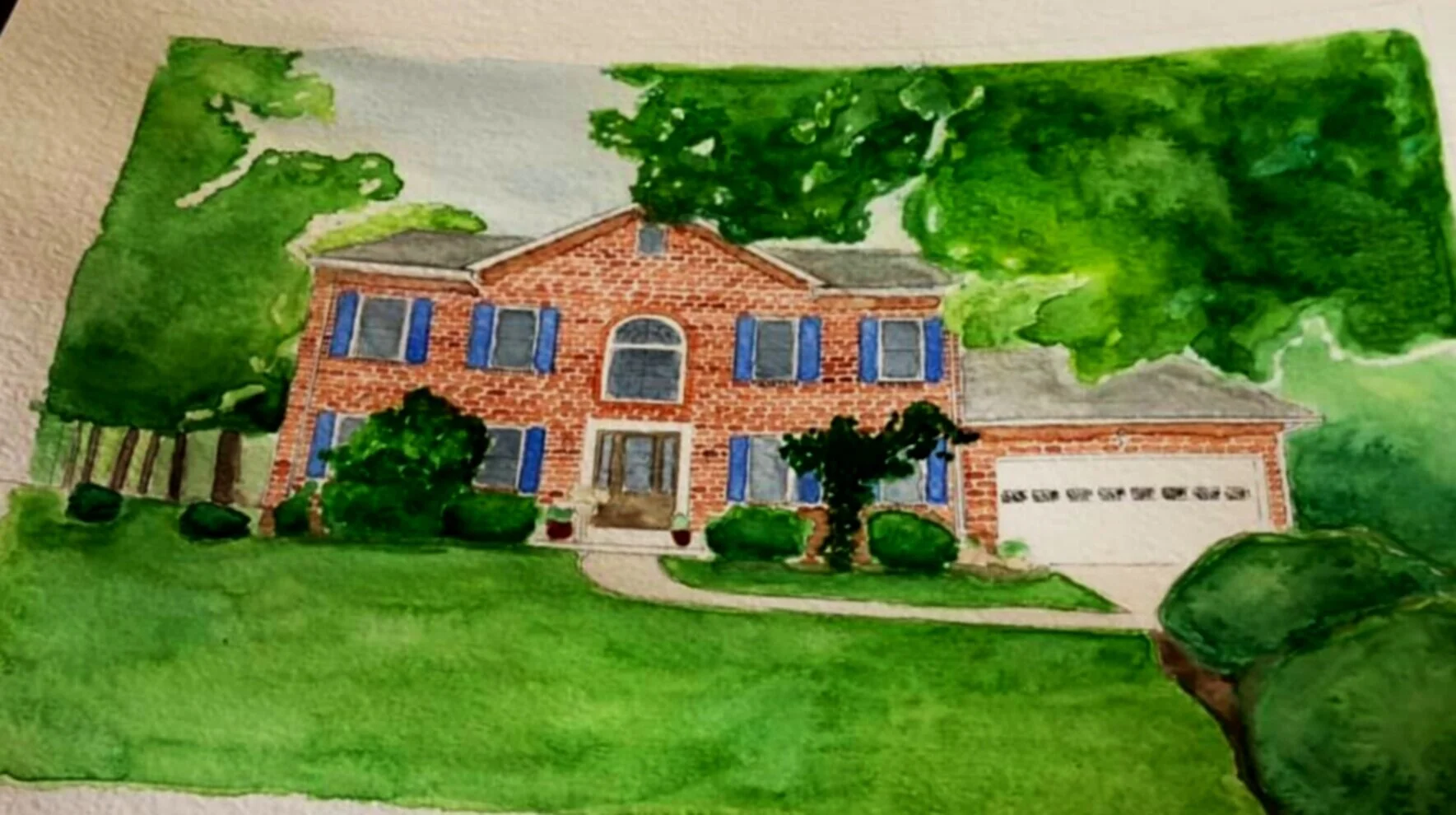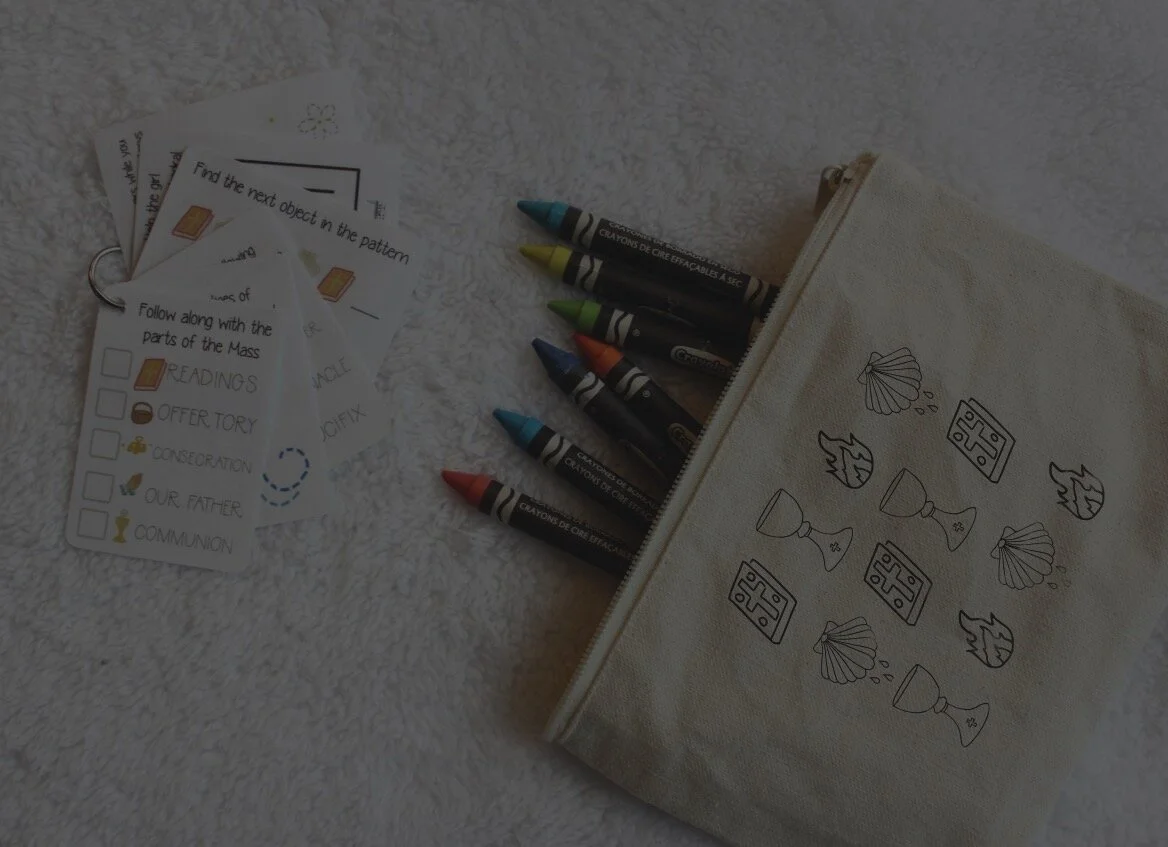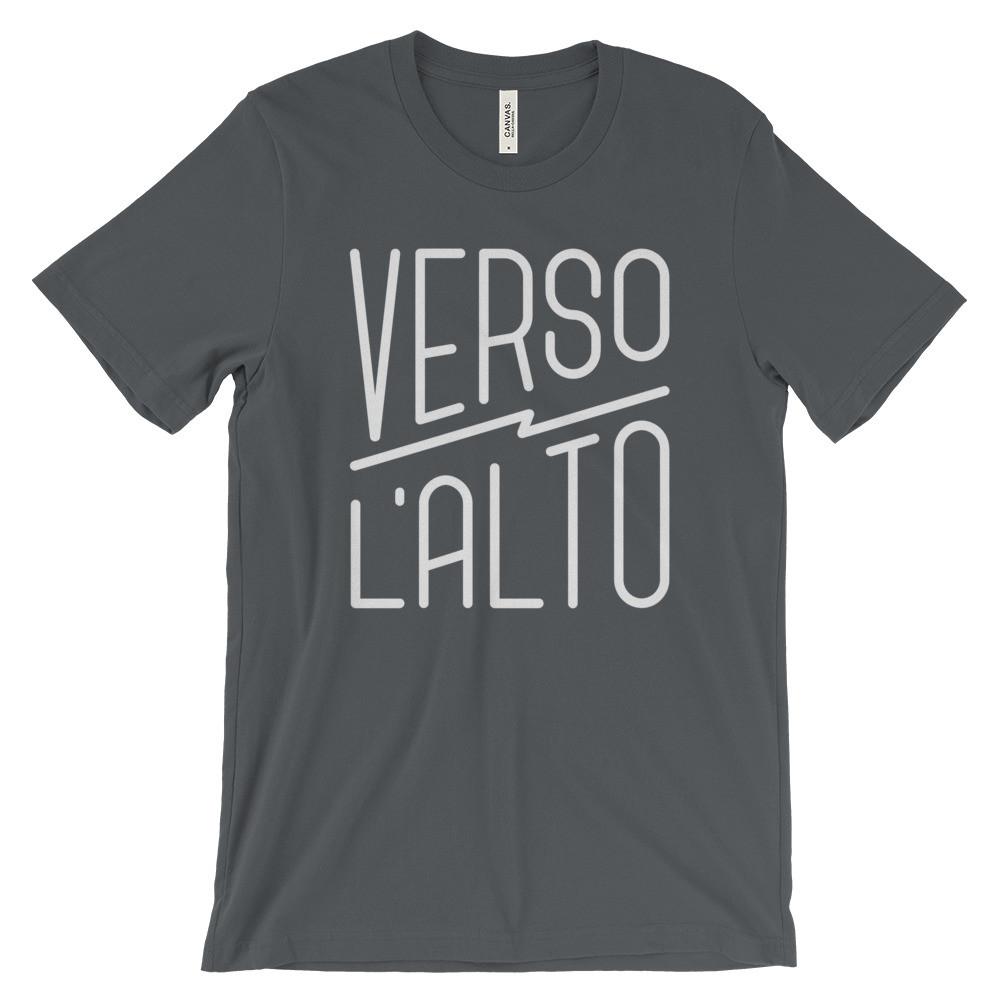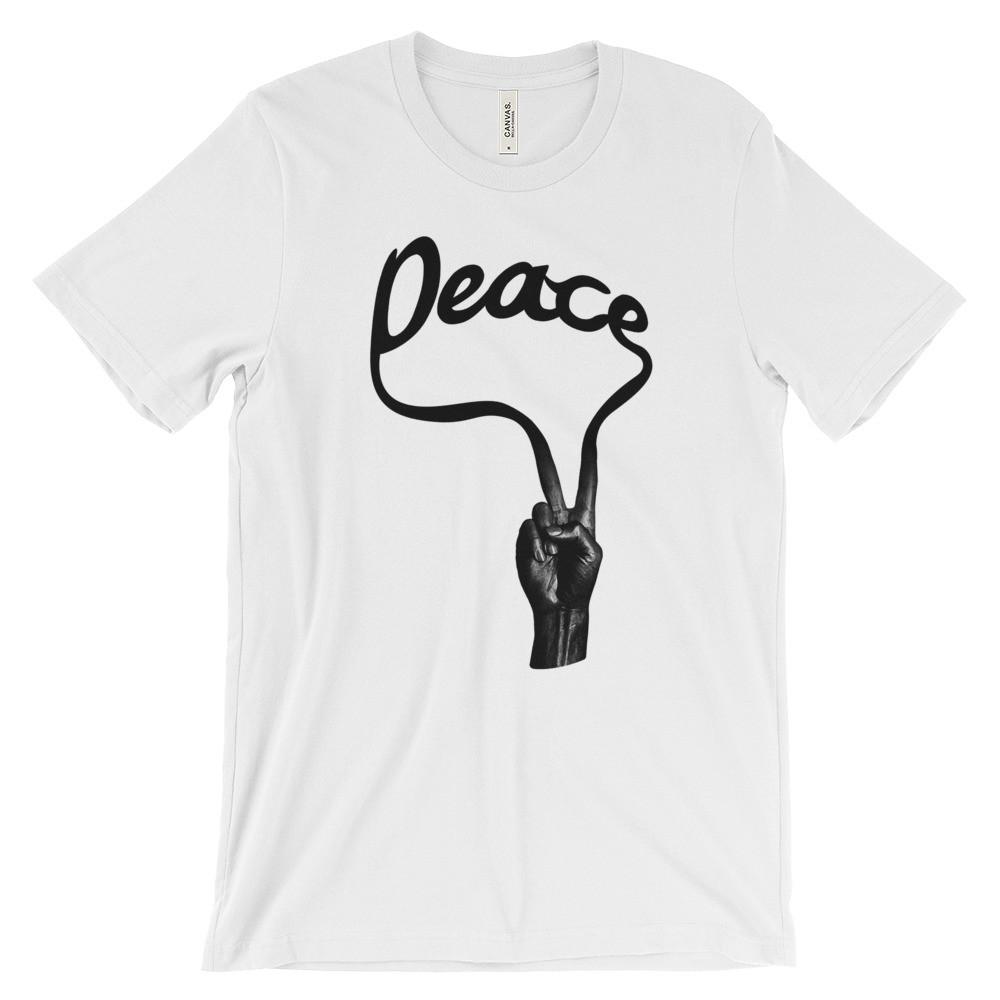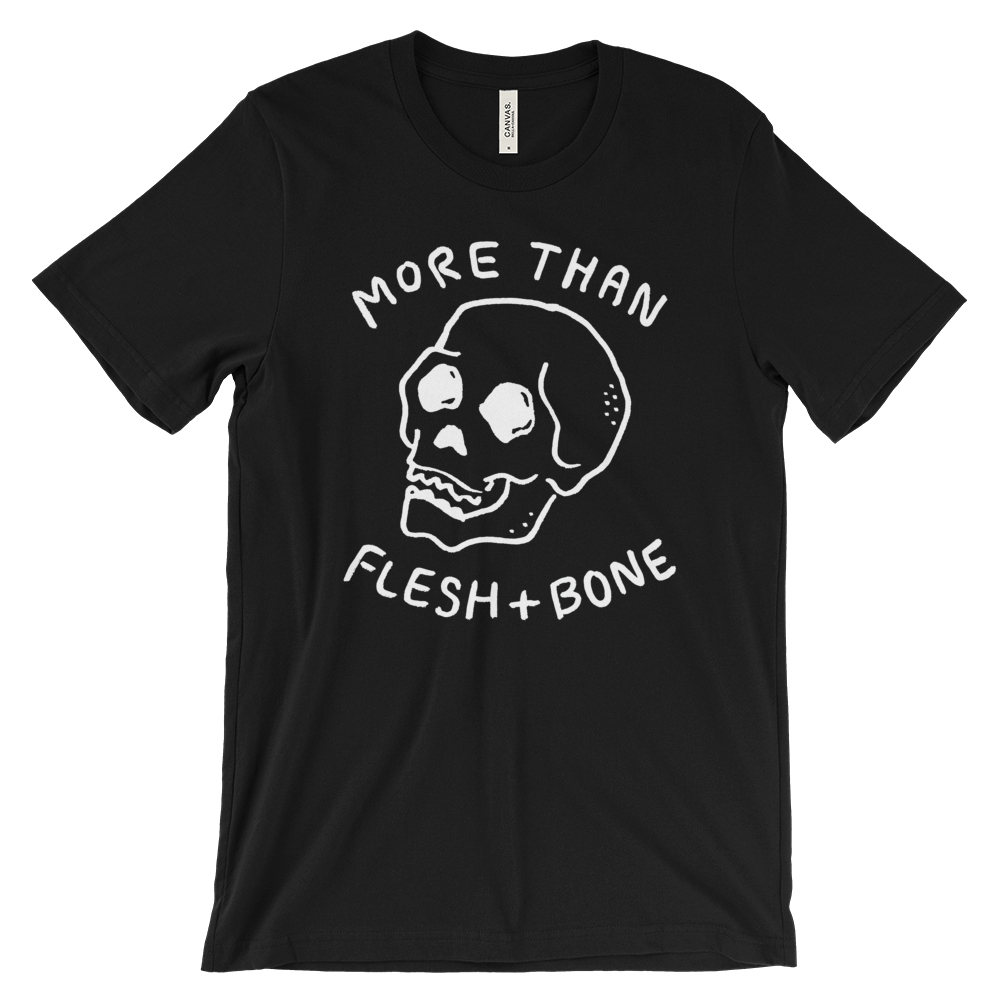In this past post about race, I can see that dynamic still incredibly present in many of us, including myself. Strangely, because I happened into starting the group, I happen to have the keys, the power to say who belongs and who doesn’t, and yet, somehow, even I still feel afraid of not belonging too. How screwed up is that?
The paradox of this all is that when we engage in conversations in order to fight for our belonging, we often destroy what we hoped to create in the first place. The fear of not belonging becomes a self fulfilling prophecy, where the overreactions and regrettable public denouncements (or pronouncements) that we make because of our anxiety works in others the same fear and anger that caused us to over react. And so they get their guns and fire back, and we find that our deepest fears were confirmed, and get even more incensed... and so we are both driven further and further away from each other while fighting for the same thing that we both wanted in the first place. Belonging.
So what is the way forward? The admins all realize that we can’t police members of the FB group into being friends, or caring for the other real life people on the other end of those undulating ellipses at the bottom of the FB thread's. Is the dream dead? Are we too big, too divided, to immature to enter the promised land of Belonging? Was the belonging that we felt when we started the group back in 2015, and tasted at the CC Summit just a mirage?
The answer is, if we are willing to trust that there is actually a God, and that He is actually our Father, and that He is actually good, the dream of true community isn’t just possible, its His will for us. But the only way to enter it is to empty ourselves and walk through the narrow gate of holiness.
I don’t say that in the pius, “everyone just pick up your rosaries more,” sort of way. I mean it in the way of the mystics- of separating from the rest of the world to dive deeply into the ugly, brambled self, where our most painful memories are manufacturing weapon grade fear-gas, and where our pride raises walls and turrets against love-- where the child in us still resides and cries for love, and further, to invite God and his people into that place as well.
The Call of The Creative
I truly believe that the call of the creative- the call of every artist, is to usher in a New Garden- to turn back the work of sin, to show the rest of the world how to remove those protective but prickly fig leaves by being the first to do it ourselves. What makes this community (when we are at our best) distinct, is that we have largely despaired of the analytic, apologetic, and rhetorical, and instead have placed our bets on communicating with beauty- by opening up and MAKING, and therefore offering others concrete experiences of our innermost landscapes.
After that exchange on Saturday I was up all night, stewing in my anxiety, and on Sunday, I hiked into the creek where I spent so much time when I was growing up. I followed a shard of the creek that I had never explored, up from the suburbs into undeveloped land. After going for hours I was exhausted, cut up by thorns, poisoned by hundreds of bushes of poison ivy, and I stumbled unexpectedly upon the most magical space I think I've ever seen. In the middle of a forest, with no other house or path or road in site was a bench, and a blue glass star hanging from the bough of a tree over a statue of St. Francis and a nine ft tall cross.
Awestruck, sat in the bench, keeled over by the completely unexpected and undeserved gift of little Catholic shrine in the woods, and after a few moments I began to cry. The sun was setting into gold behind the towering trees, crowning their edges with a copper gleam, and I knew that my belonging was never in a facebook group. It was here, in my God, and it wasn’t up for grabs.
If I am going to be able to participate in community that doesn’t evaporate, or avoid devouring others in my own ravenous hunger for belonging, I have to learn how to venture into the brambles of myself, and find the Father who loves me. Only then can I mount the grace of those monstrous words, “I am sorry,” and “I forgive you,” and “I just want to understand,” and ride them out of the freaking facebook platform, out of dms, and into real life friendships with strangers who crave belonging just as much as I do.
Ill part with a poem from Hafiz:
Admit something:
Everyone you see, you say to them, “Love me.”
Of course you do not do this out loud, otherwise
Someone would call the cops.
Still, though, think about this, this great pull in us to connect.
Why not become the one who lives with a
Full moon in each eye that is always saying,
With that sweet moon language, what every other eye in
This world is dying to hear?
Love,
Anthony
P.S. I learned how to talk about these things from so many of the people here.
Sam Sorich, Erica T, JM, Cory, Matt M, Chuck and the countless others have called me into the scary but beautiful place of vulnerability and have forgiven me through my mistakes. This facebook group is far more valuable than a place to show off your work or get other people to side with you on something you are annoyed about. It can be a place where you start lifelong relationships with people who can teach you how to love. Maybe remember this next time you want to talk about something. Try getting on a google hang with someone you want to meet. Don’t be surprised if you stay on the call for two hours longer than you planned. Or want to marry them. Haha.
If you don’t know me, and you have been offended by something I said back in 2017... or three days ago- you may find that IRL I'm more accommodating than my fb writing style might have suggested. #iammorethanmyfacebookprofile
And finally, if you don’t know the people who I have mentioned in this blog, maybe try reaching out to them. Three years ago I learned that they will talk to just about anyone- because they talked to me, and if they were willing to talk to me then, you’ll be just fine.













